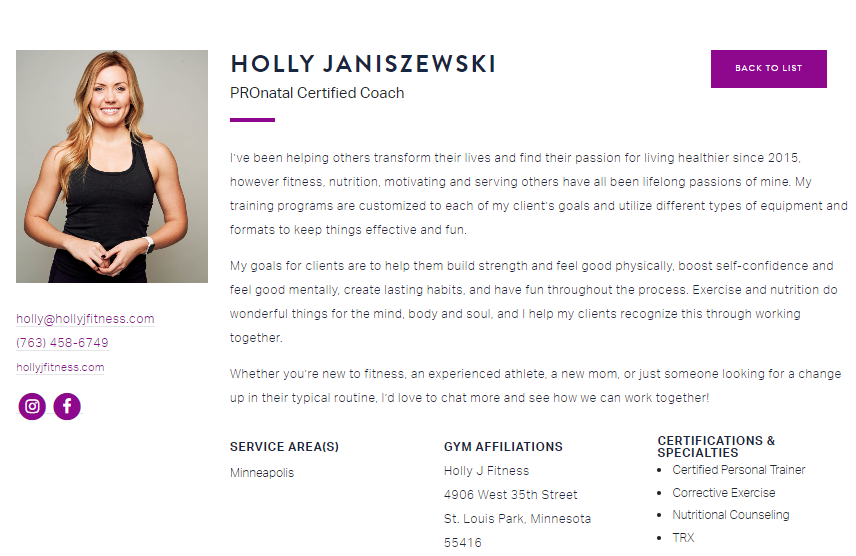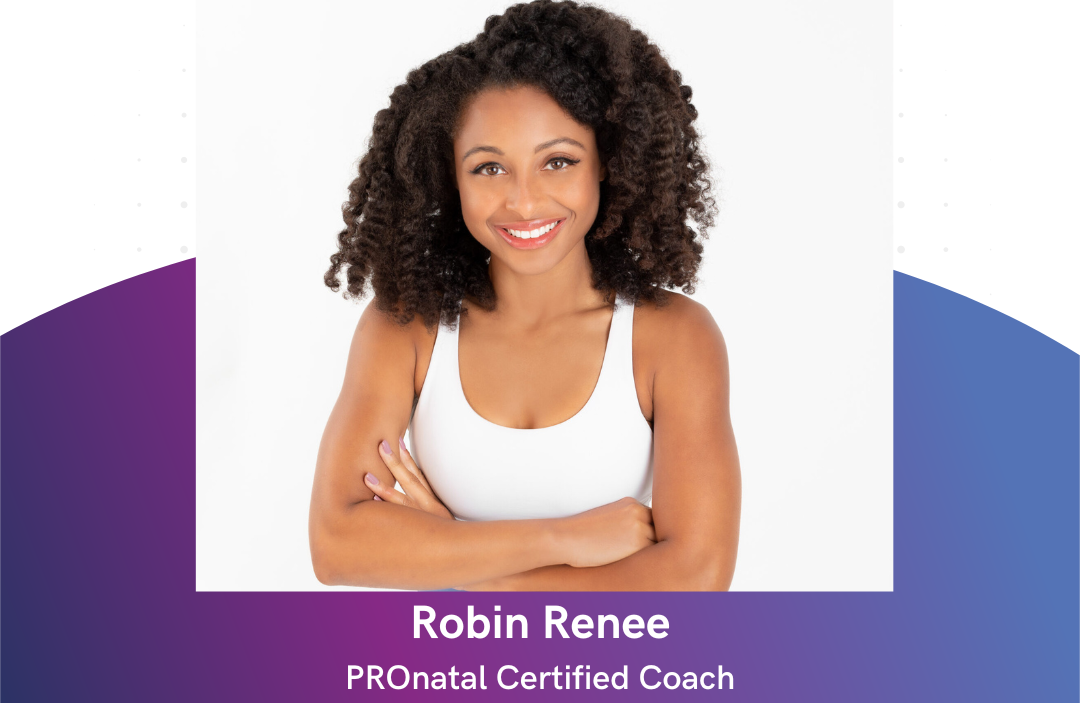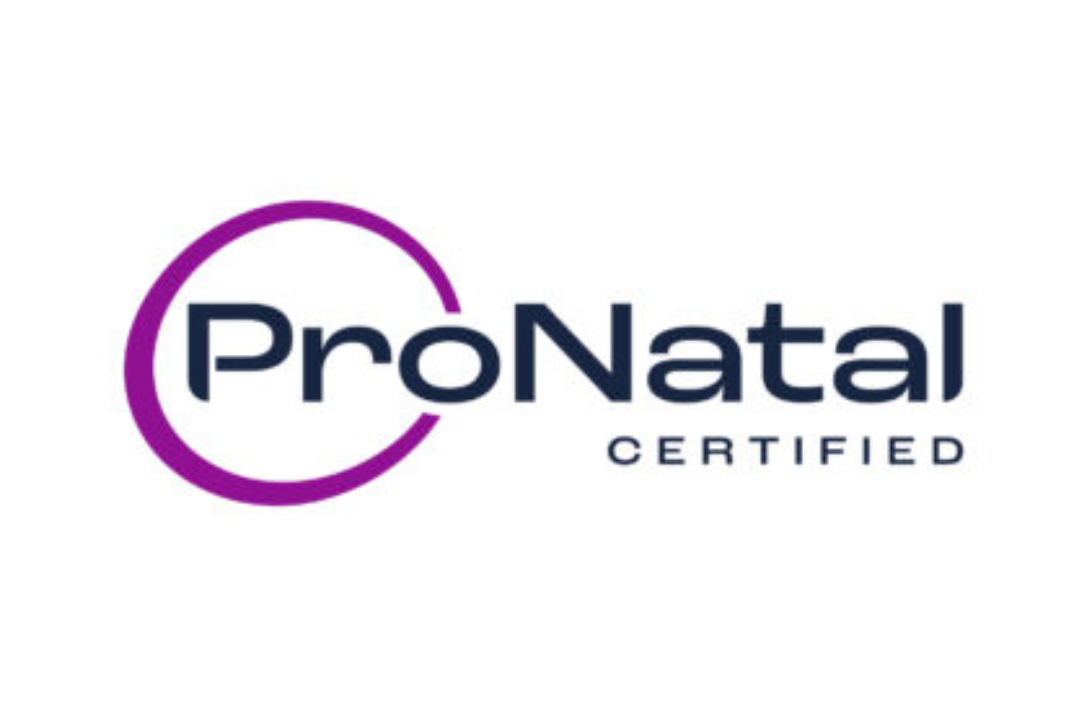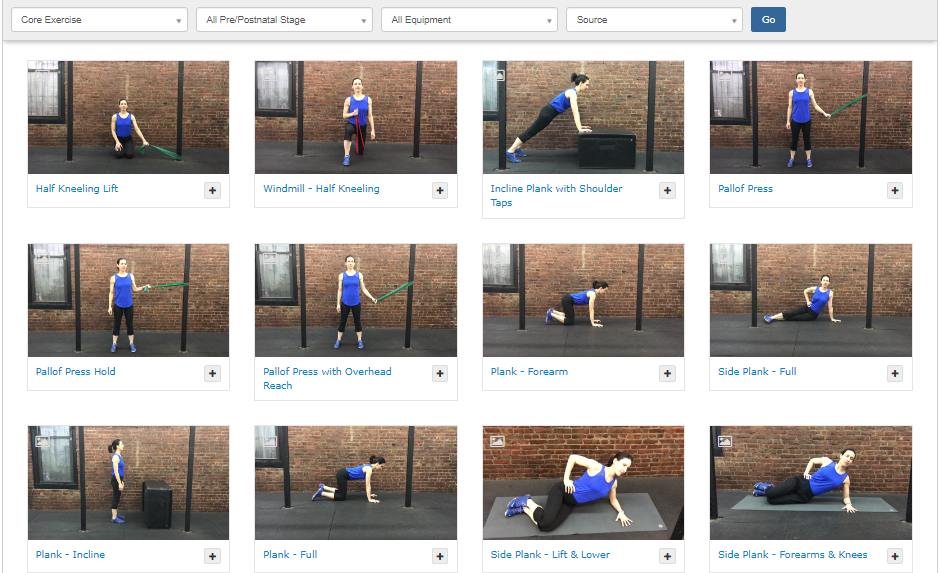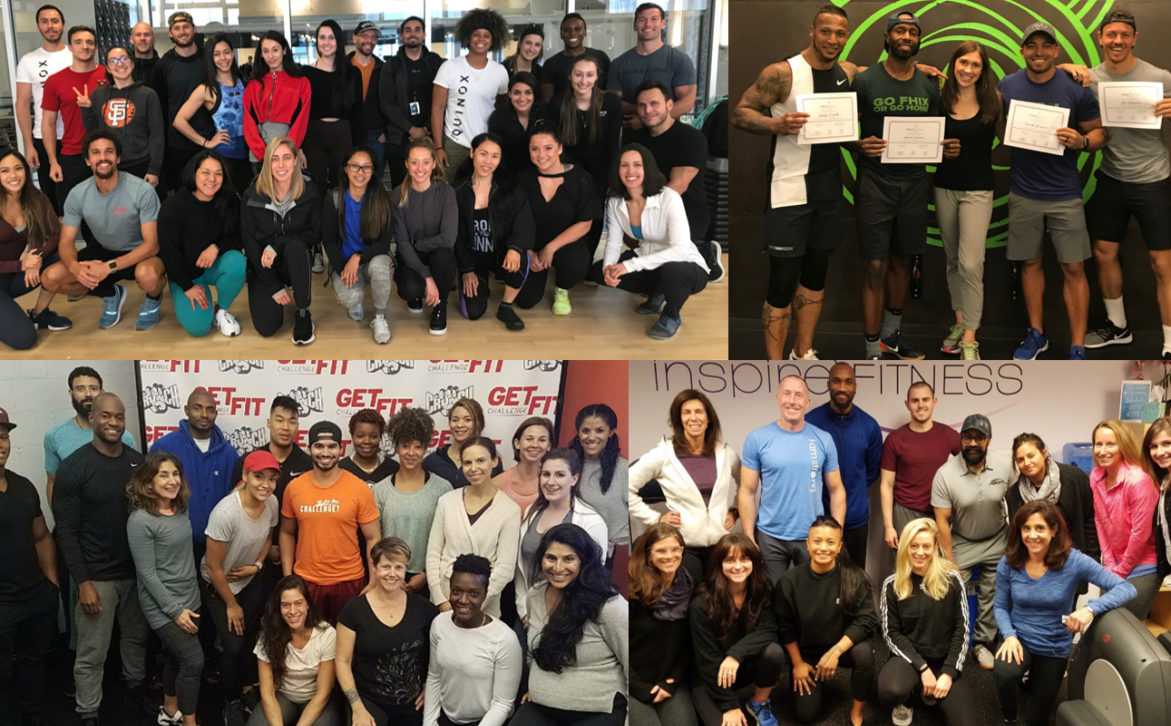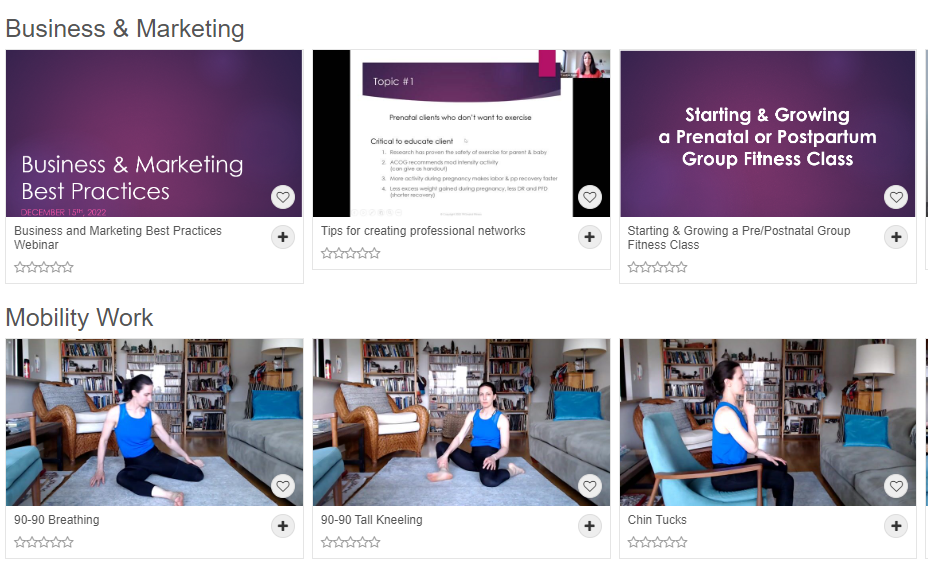We offer 3, 6, and 12 month payment plans for U.S. credit cards via Affirm. Please see details below on how it works. We also offer 3 and 6 month payment plan options for non-U.S. credit cards. For this, please contact info@pronatalfitness.com.
How to Use the Affirm Payment Plan
Payment plans are personalized based on your credit score. Therefore, you will be asked to provide some very brief information to check your credit score. Note, this process is considered a soft credit check. It does NOT impact your credit score.
When you get to the payment section in the purchase process, select to “pay over time with Affirm” (as shown below) instead of entering any credit card information. Click “Sign up now.”
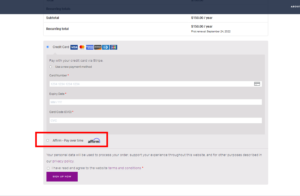
Once you click the “sign up now” button, a box (shown below) will pop-up prompting you to begin entering the necessary information to check your credit.
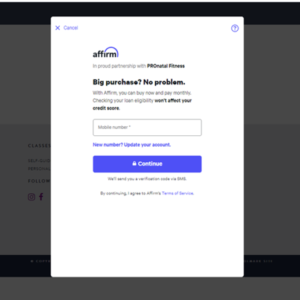
Enter this information, and you will see your payment plan options laid out, like below. Your monthly payments and total payment will be listed for each option with interest broken out so you can see exactly how much interest is included. Interest rates are based on your credit score and you will have the option to move forward or not.
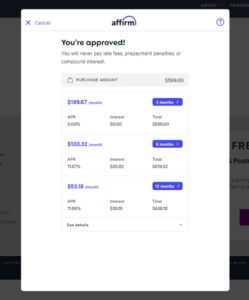
Select the option you’d like, and click continue. It will show you the amount due today and it will also give you the dates and amounts of the next payments. You will have the option to enroll in autopay if you’d like. The entire process takes less than 5 minutes.
If you have any questions or challenges, please reach out to us at info@pronatalfitness.com or give us a call at 516-778-9468.
Note, payment plans are not available for membership renewal fees after the first year.


